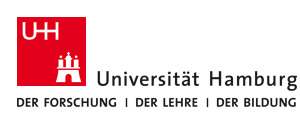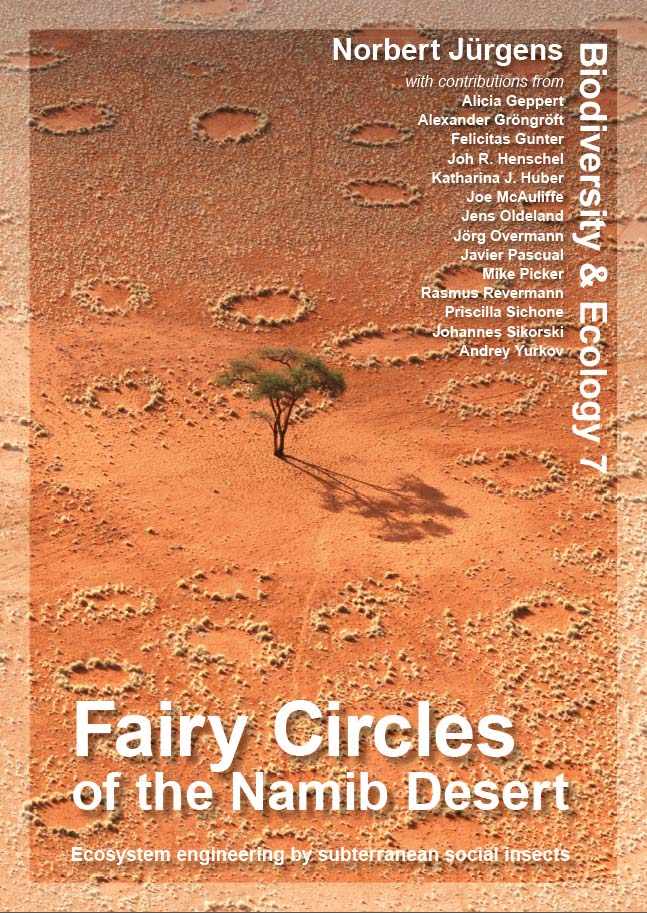
|

Department of Biology Institute of Plant Science and Microbiology |
| Division BEE > Biodiversity & Ecology > Vol.7 > Article 4.4c |
Biodiversity & Ecology
Journal of the Division Biodiversity, Evolution and Ecology of Plants , Institute for Plant Science and Microbiology, University of Hamburg.
4 Debate Book chapter 4.4 Open Access Reproduction of sand termites and local genetic patterns Keywords: Psammotermes, sand termite, AFLP, Fairy circle, Genetic diversity, reproduction Abstract: Fairy circles are created, used and maintained by sand termites of the species complex Psammotermes allocerus. We used Amplified Fragment Length Analyses (AFLP) for a study of the genetic diversity pattern of termites from clusters of neighboring fairy circles. Our results suggest that all termites found within one fairy circle genetically are members of one colony. The neighboring colonies are genetically differing from each other. This observation supports the hypothesis that colonies are founded by reproductive alates flying in from further away and not by budding from a near-by colony.
Suggested citation: |
